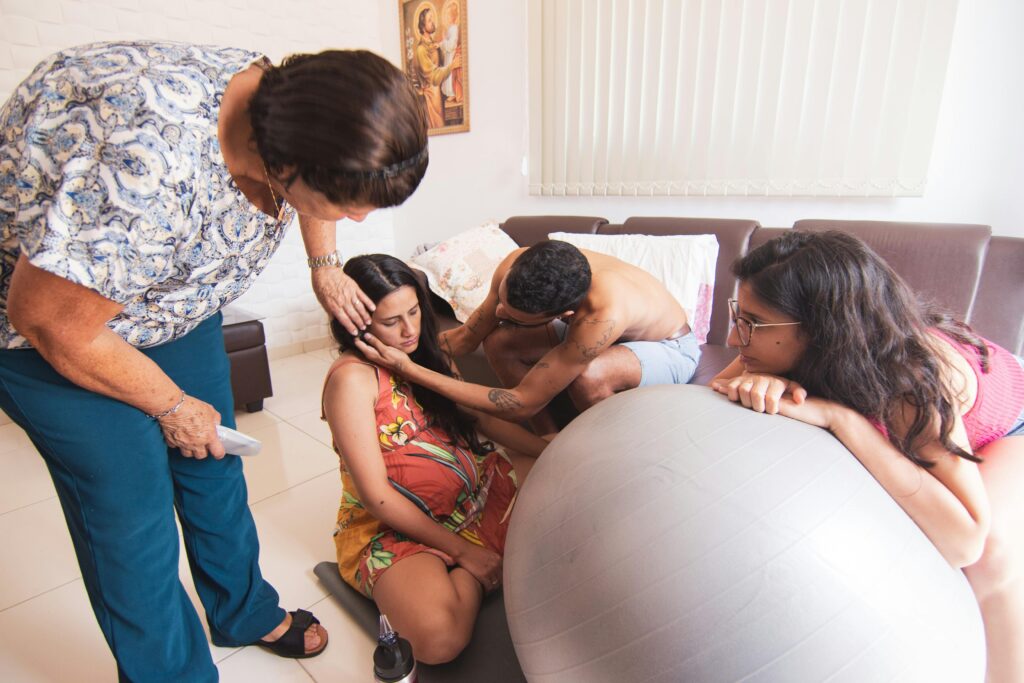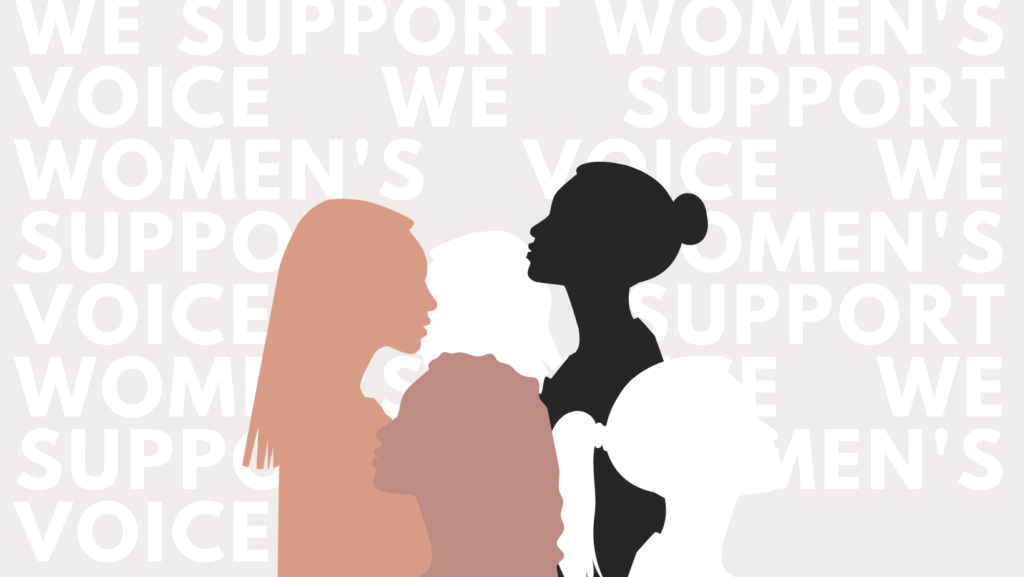Embracing the Final Weeks of Pregnancy
The final weeks of pregnancy bring a whirlwind of physical changes, emotional shifts, and mental preparation.
While you may feel joyful and ready to meet your baby, you might also be uncomfortable, restless, or a little nervous about labor. Whether this is your first or fifth baby, learning how to care for your body, mind, and emotions can help you feel empowered and supported throughout this journey.
Third Trimester Comfort & Coping Tools
1. Physical Comfort at Home
Your body is working continuously to support your baby, and the strain can show up as back pain, pelvic pressure, heartburn, swelling, and disrupted sleep. Try:
- Pregnancy Pillow Nest: Use a full-body U-shaped or C-shaped pillow, or combine regular pillows between your knees, under your belly, and behind your back for optimal side-sleeping comfort.
- Belly Support Band: A soft, stretchy maternity support belt can reduce strain on your back and hips and improve posture while walking or standing.
- Compression Socks: These improve circulation and reduce swelling in your feet and lower legs.
2. Gentle Movement
Staying active can reduce discomfort, prepare your body for labor, and support your overall mood.
- Prenatal Yoga: Focuses on opening the hips, breathing deeply, and connecting with your body. Try online classes such as Yoga with Adriene or Glo.
- Daily Walks: Even 15–20 minutes can help with circulation, digestion, and baby positioning.
- Spinning Babies® Techniques: Gentle movements that encourage optimal fetal positioning and reduce pelvic tension.
3. Emotional and Mental Support
The third trimester often brings “mental nesting”—a desire to prepare emotionally as much as physically.
- Affirmations: Repeat phrases such as “I trust my body and my baby” or “I am strong and capable.”
- Journaling: Reflect on your fears, hopes, and goals for birth and parenthood.
- Therapy or Support Groups: A perinatal therapist or local group can help reduce anxiety and prepare you emotionally for labor.
4. Soothing the Body
- Epsom Salt Baths: Add 1–2 cups to a warm (not hot) bath to relax muscles and support magnesium absorption.
- Prenatal Massage: Focus on areas of tension like the lower back, hips, shoulders, and feet. Choose a therapist trained in prenatal care.
- Hydration and Nutrition: Stay hydrated, eat frequent small meals, and include magnesium-rich foods such as avocados, nuts, and leafy greens to reduce cramping and fatigue.
Coping Tools for Labor and Delivery
As you enter labor, having a set of comfort tools helps you stay present, calm, and confident as your body works to bring your baby into the world.
1. Breathing for Calm and Control
Breathing deeply helps regulate your nervous system, increase oxygen to your baby, and provide rhythm through contractions.
- Relaxation Breathing: Inhale slowly through your nose for a count of four, then exhale through your mouth for a count of six. Keep your body soft and relaxed.
- Breath and Mantra Pairing: Inhale “I am safe,” exhale “My body knows what to do.”
- “Horse Lips” Exhale: Let your lips flutter as you exhale—this helps relax your jaw and pelvic floor.
2. Hands-On Comfort Techniques
- Counter Pressure: Your partner or doula can apply firm pressure to your lower back or hips during contractions, especially for back labor.
- Light Touch or Massage: Slow, rhythmic strokes across your back or arms can reduce muscle tension.
- Rebozo Sifting: A traditional Mexican technique using a woven shawl to gently rock the hips and release pelvic tension.
3. Movement and Positions
Staying upright and mobile during labor can shorten labor, ease pain, and help your baby descend.
- Birthing Ball: Sit, bounce, or sway side-to-side to open the pelvis and relieve pressure.
- Hands and Knees: Takes pressure off the back and helps reposition the baby.
- Side-Lying: A good option for rest during long labors or when using an epidural.
- Swaying or Leaning: Hold onto your partner, a chair, or the bed and rock through contractions.
4. Hydrotherapy
Water can act as natural pain relief, easing tension and supporting relaxation.
- Warm Showers: Direct water onto your back or belly for soothing relief.
- Birthing Tubs: Immersion in warm water can reduce pain perception and help you move freely.
5. Environment Matters
Your environment can make a significant difference in how supported and calm you feel.
- Lighting: Keep lighting soft or dim to promote relaxation.
- Sounds: Use calming music, nature sounds, or guided meditations.
- Scents: Essential oils such as lavender, peppermint, or clary sage (used safely and with guidance) can reduce anxiety and nausea.
Bonus Tools and Techniques
- Visualization: Picture each contraction as a wave or a flower opening.
- TENS Unit: A noninvasive device that delivers mild electrical pulses to the back—helpful in early labor.
- Support People: A trusted partner, doula, or friend can help you feel safe and grounded.
- Safe Word or Stop Cue: Establish a phrase or signal with your partner to pause if you need a moment to regroup.
Recommended Resources
Books
- The Birth Partner by Penny Simkin
- Mindful Birthing by Nancy Bardacke
- Birthing from Within by Pam England
- Ina May’s Guide to Childbirth by Ina May Gaskin
Apps
- GentleBirth – Hypnobirthing, guided meditations, and mindset coaching
- Expectful – Prenatal meditation, sleep, and journaling support
- Freya – Contraction timer with built-in hypnobirthing tools
Websites
Final Thoughts
The third trimester and birth are seasons of profound transition—physically, emotionally, and spiritually. Comfort does not mean eliminating every ache or fear; it means creating an environment where you feel supported, respected, and in control.
Let your birth be a collaboration between your body and your baby. Take what feels good, leave what doesn’t, and trust yourself. You are the expert on your experience.
You are strong. You are wise. You are not alone.
References
Bardacke, N. (2012). Mindful birthing: Training the mind, body, and heart for childbirth and beyond. HarperOne.
England, P., & Horowitz, R. (2008). Birthing from within: An extraordinary guide to childbirth preparation. Partera Press.
Gaskin, I. M. (2003). Ina May’s guide to childbirth. Bantam.
Simkin, P. (2018). The birth partner: A complete guide to childbirth for dads, partners, doulas, and all other labor companions (5th ed.). Harvard Common Press.
Spinning Babies
Evidence Based Birth
Mama Natural





